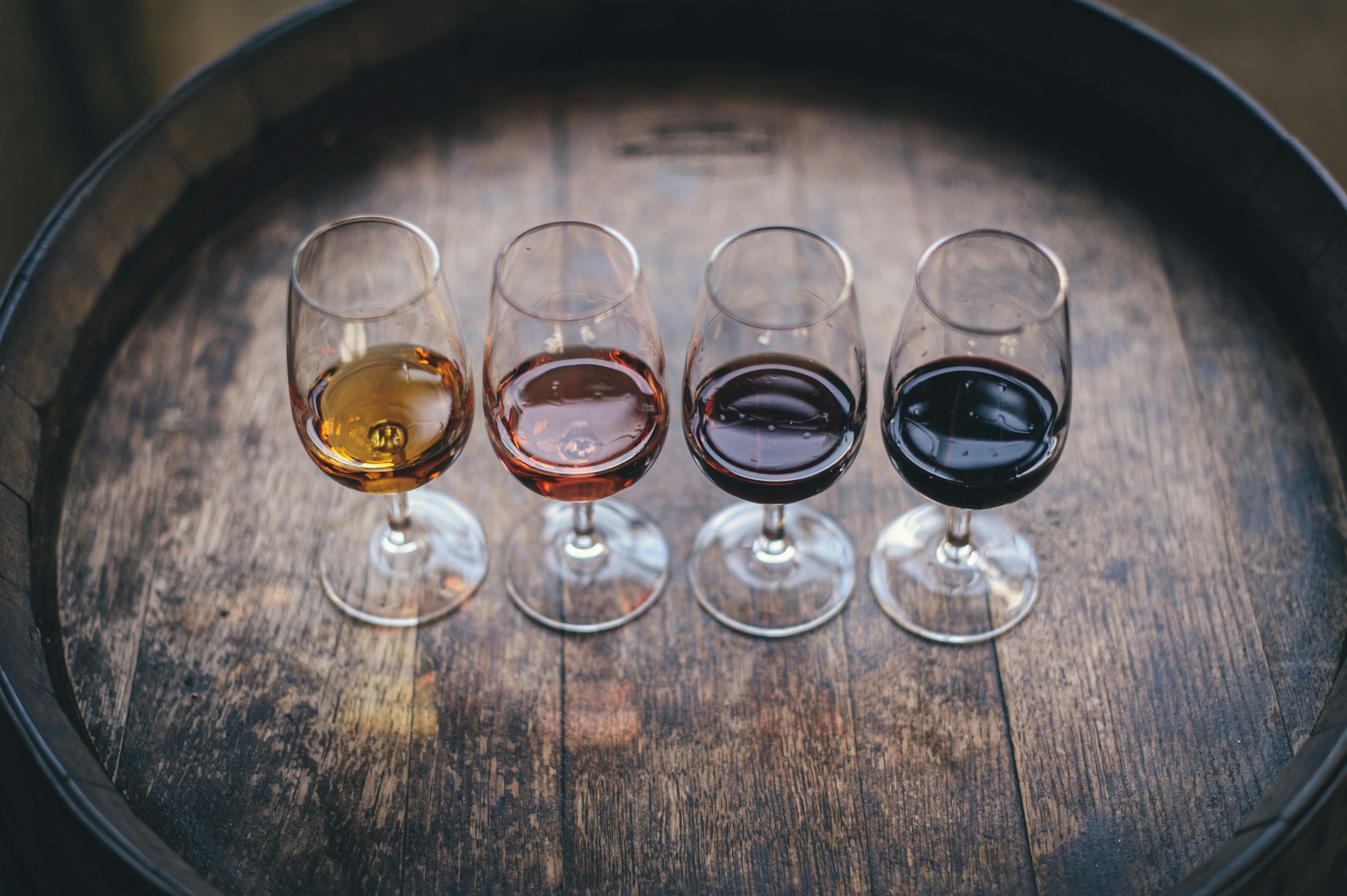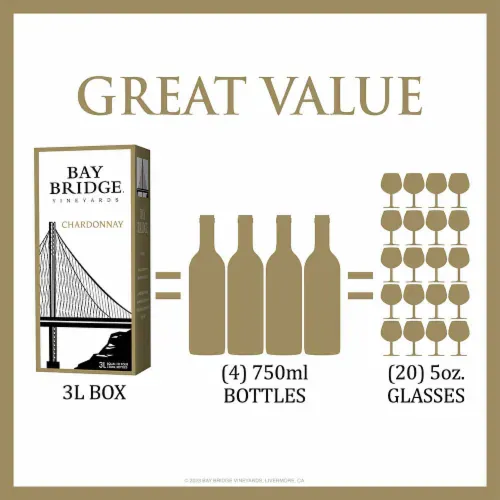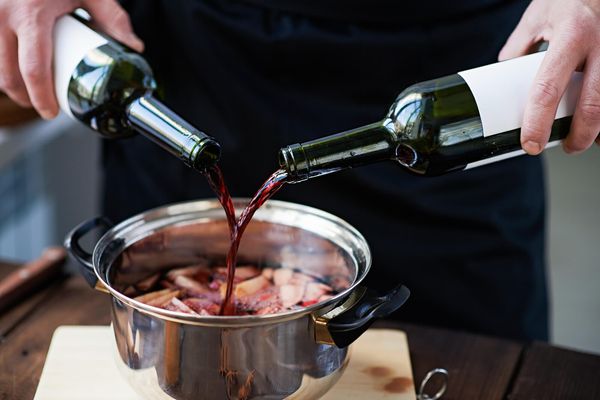Measuring alcohol content in wine is an essential part of winemaking. It is crucial to know the alcohol content in wine for several reasons. Firstly, it helps to determine the wine's taste and quality. Secondly, it is important to know the alcohol content in wine for legal reasons. In most countries, there are laws that regulate the alcohol content in wine, and it is illegal to sell wine with alcohol content above a certain level.
There are several ways to measure the alcohol content in wine. One of the most common methods is to use a wine hydrometer. A wine hydrometer is a simple device that measures the specific gravity of wine. By taking two readings with a hydrometer, one before the fermentation has started, and the other after the fermentation has finished, winemakers can calculate the alcohol content in wine. Another method is to use an ebulliometer. An ebulliometer is a more sophisticated device that measures the boiling point of wine. This method is more accurate than using a hydrometer but requires specialized equipment and knowledge.
Understanding Alcohol Content in Wine
Measuring the alcohol content in wine is important for several reasons. It helps consumers understand how much alcohol they are consuming, which is especially crucial for those who need to limit their alcohol intake for health reasons. Additionally, measuring alcohol content is important for winemakers to ensure that their wines are consistent in terms of quality and taste.
Alcohol content in wine is typically measured in two ways: Alcohol by Volume (ABV) and alcohol percentage. ABV is the standard measure of alcohol content in most alcoholic beverages, including wine. It represents the percentage of alcohol in a given volume of liquid. For example, a wine with 12% ABV means that 12% of the wine is pure alcohol.
Alcohol percentage, on the other hand, represents the percentage of alcohol in a given weight of liquid. It is less commonly used than ABV and is mainly used in the United States. In general, alcohol percentage is higher than ABV, as it takes into account the weight of the liquid, which includes water and other non-alcoholic components.
The average alcohol content of wine is around 12%, but it can range from as low as 5% to as high as 23%. The alcohol content of wine depends on several factors, including the type of grape, the climate in which it was grown, and the winemaking process. Generally, red wines have a higher ABV than white wines, as they are made from grapes with thicker skins, which contain more sugar and thus produce more alcohol during fermentation.
It is important to note that ABV percentages can vary within a class of alcoholic beverages. For example, a merlot may have an ABV of 13%-14%, while a pinot grigio may have an ABV of 12%-13%. Additionally, certain winemakers may intentionally produce wines with higher or lower ABV percentages to achieve a particular flavor profile.
In conclusion, understanding alcohol content in wine is crucial for both consumers and winemakers. Measuring alcohol content is typically done using ABV or alcohol percentage, and the average alcohol content of wine is around 12%. Factors such as grape variety, climate, and winemaking process can affect the alcohol content of wine, and ABV percentages can vary within a class of alcoholic beverages.
The Role of Fermentation
Yeast and Sugar Interaction
Fermentation is a natural process that involves the conversion of sugar into alcohol. In winemaking, yeast is added to grape juice to start the fermentation process. Yeast is a single-celled organism that feeds on sugar and converts it into alcohol and carbon dioxide. The yeast and sugar interaction is crucial in determining the alcohol content of wine.
Different strains of yeast have varying degrees of alcohol tolerance, which determines the maximum alcohol level that can be produced during fermentation. The amount of sugar in the grape juice also plays a significant role in determining the final alcohol content of the wine. The sugar content is measured using a hydrometer or refractometer, and winemakers can adjust the sugar levels to achieve the desired alcohol content.
Fermentation Process and Alcohol Production
The fermentation process involves several stages, including primary fermentation, malolactic fermentation, and aging. During primary fermentation, yeast consumes the sugar in the grape juice and produces alcohol and carbon dioxide. The carbon dioxide is released into the atmosphere, and the alcohol remains in the wine.
Malolactic fermentation is a secondary fermentation process that involves the conversion of malic acid into lactic acid. This process can occur naturally or be induced by adding bacteria to the wine. Malolactic fermentation can significantly affect the taste and texture of the wine.
The alcohol content of wine is usually expressed as a percentage by volume (% ABV). The ABV is determined by measuring the specific gravity of the wine before and after fermentation. The difference between the two readings is used to calculate the alcohol content of the wine.
In conclusion, fermentation plays a critical role in determining the alcohol content of wine. The interaction between yeast and sugar is crucial, and winemakers can adjust the sugar levels to achieve the desired alcohol content. The fermentation process involves several stages, including primary fermentation, malolactic fermentation, and aging, and can significantly affect the taste and texture of the wine.
Measurement Tools
When it comes to measuring the alcohol content in wine, there are two main tools that are commonly used: the hydrometer and the refractometer.
Using a Hydrometer
A hydrometer is a simple tool that measures the density of a liquid. It is commonly used in winemaking to measure the specific gravity of the wine before and after fermentation. By taking a hydrometer reading before and after fermentation, winemakers can determine the alcohol content of the wine.
To use a hydrometer, the winemaker simply takes a sample of the wine and drops the hydrometer into the sample. The hydrometer will float in the wine, and the winemaker can read the specific gravity of the wine from the scale on the hydrometer. By comparing the specific gravity of the wine before and after fermentation, the winemaker can calculate the alcohol content of the wine.
Understanding a Refractometer
A refractometer is another tool that can be used to measure the alcohol content of wine. Unlike a hydrometer, which measures the density of a liquid, a refractometer measures the refractive index of a liquid. The refractive index of a liquid is affected by the amount of sugar in the liquid, which in turn is affected by the alcohol content.
To use a refractometer, the winemaker takes a sample of the wine and places it on the prism of the refractometer. The refractometer will refract the light passing through the sample, and the winemaker can read the refractive index of the wine from the scale on the refractometer. By comparing the refractive index of the wine before and after fermentation, the winemaker can calculate the alcohol content of the wine.
Both the hydrometer and the refractometer are useful tools for measuring the alcohol content of wine. However, they each have their own advantages and disadvantages. A hydrometer is a simple and inexpensive tool, but it requires two readings and can be affected by temperature. A refractometer is more expensive, but it only requires one reading and is not affected by temperature. Ultimately, the choice of tool will depend on the winemaker's preferences and the specific needs of the winemaking process.
Adjustments and Accuracy
Temperature Corrections
Temperature can have a significant impact on the measurement of alcohol content in wine. As the temperature of the wine increases, the volume of the wine expands, which can lead to inaccurate measurements. To account for this, it is important to make temperature corrections when measuring the alcohol content of wine.
One way to make temperature corrections is to use a table or formula that takes into account the specific gravity of the wine at different temperatures. Another option is to use a digital alcohol meter that has a built-in temperature sensor and can automatically make temperature corrections.
Calibration and Standards
To ensure accurate measurements, it is important to calibrate the equipment used to measure the alcohol content of wine. Calibration involves comparing the readings of the equipment to a known standard and making any necessary adjustments.
There are several standards that can be used for calibration, including certified reference materials and industry standards. It is important to use a standard that is appropriate for the specific equipment and method being used.
Regular calibration and maintenance of equipment is essential for accurate measurements of alcohol content in wine. It is also important to follow the manufacturer's instructions for use and maintenance of the equipment.
Overall, making temperature corrections and ensuring proper calibration and maintenance of equipment are essential for accurate measurements of alcohol content in wine. By taking these steps, winemakers can ensure that their products meet industry standards and deliver consistent quality to consumers.
Types of Wine and Alcohol Content
When it comes to measuring the alcohol content in wine, it's important to understand that different types of wine have different alcohol percentages. In general, the average glass of wine contains about 11 percent to 13 percent alcohol, but bottles range from as little as 5.5 percent ABV to as much as around 20 percent ABV.
Red Wine
Red wines tend to have higher ABV, such as a Merlot (13%-14%) compared with white wines like Pinot Grigio (12%-13%). Some of the most popular types of red wine include Cabernet Sauvignon, Pinot Noir, and Syrah.
Cabernet Sauvignon is a full-bodied wine with a high tannin content and an alcohol percentage that ranges from 12.5% to 15%. Pinot Noir is a lighter-bodied red wine with a lower alcohol content, typically ranging from 12% to 14%. Syrah is a bold and spicy red wine with an alcohol content that ranges from 12.5% to 15%.
White Wine
White wines tend to have lower ABV compared to red wines. Some of the most popular types of white wine include Chardonnay, Sauvignon Blanc, and Pinot Grigio.
Chardonnay is a full-bodied white wine with an alcohol content that ranges from 13.5% to 14.5%. Sauvignon Blanc is a lighter-bodied white wine with an alcohol content that typically ranges from 11.5% to 13.5%. Pinot Grigio is a refreshing and light white wine with an alcohol content that ranges from 11% to 13%.
When tasting wine, you'll notice that alcohol comes through as heat in the back of your mouth or throat. A higher ABV wine will taste warmer and bolder, almost like a slight burning sensation.
It's important to note that the alcohol content in wine can vary greatly depending on factors such as grape variety, fermentation process, and climate. When measuring the alcohol content in wine, the most common and accurate method is by using a hydrometer.
Advanced Techniques and Considerations
Gas Chromatography
Gas chromatography is a highly accurate and reliable method for measuring alcohol content in wine. It involves separating the components of a sample and analyzing them using a gas chromatograph. This technique is particularly useful for monitoring the fermentation process and determining the final alcohol content of a wine.
Gas chromatography is commonly used in wineries and brewing facilities to ensure the quality and consistency of their products. It is also used by wine connoisseurs to determine the alcohol content of a particular vintage and to adjust the taste and aroma of the wine accordingly.
Distillation Process
Distillation is another advanced technique used to measure alcohol content in wine. It involves heating the wine to a high temperature to vaporize the alcohol, which is then condensed and measured. This method is highly accurate but requires specialized equipment and expertise.
Distillation is commonly used in the production of rum and other spirits, but is not typically used in winemaking due to the risk of altering the flavor and character of the wine.
Residual Sugar and Alcohol Content
The residual sugar content of a wine can have a significant impact on its perceived alcohol content. Wines with higher residual sugar levels may taste sweeter and less alcoholic than wines with lower residual sugar levels.
Winemakers can adjust the residual sugar content of a wine to achieve a desired taste and alcohol level. This can be done through techniques such as aeration, fermentation, and the use of ingredients such as Brix.
Measuring residual sugar and alcohol content is important for determining the quality and consistency of a wine. Techniques such as gas chromatography and formulas based on final gravity can be used to accurately determine these values.
Conclusion
In conclusion, there are several techniques and methods that can be used to determine the alcohol content of wine. These include ultraviolet-visible spectroscopy (UV-Vis), ebulliometry, distillation/hydrometry, and the hydrometer method. The choice of method depends on the level of accuracy required and the resources available.
It is important to note that the accuracy of the methods can vary significantly. For example, the AWRI Technical Review article on the comparison of common methods for measuring alcohol in wine provides data on the differences in precision and accuracy of different methods. Therefore, it is essential to use the appropriate method for the intended purpose.
When measuring the alcohol content of wine, it is also important to consider factors such as the type of cork screw used, the type of spirits used, the type of wash used, and the type of beverages that the wine will be paired with. These factors can affect the accuracy of the measurement and should be taken into account when selecting the appropriate method.
Overall, it is important to rely on scientific proof and references when measuring the alcohol content of wine. This ensures that the measurement is accurate and reliable. By following the appropriate method and considering all relevant factors, one can accurately determine the alcohol content of wine.









Member discussion